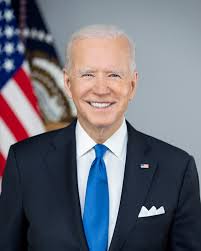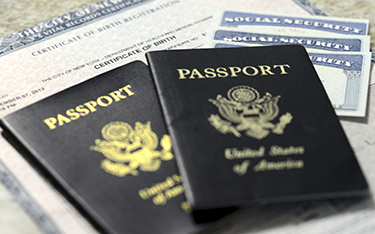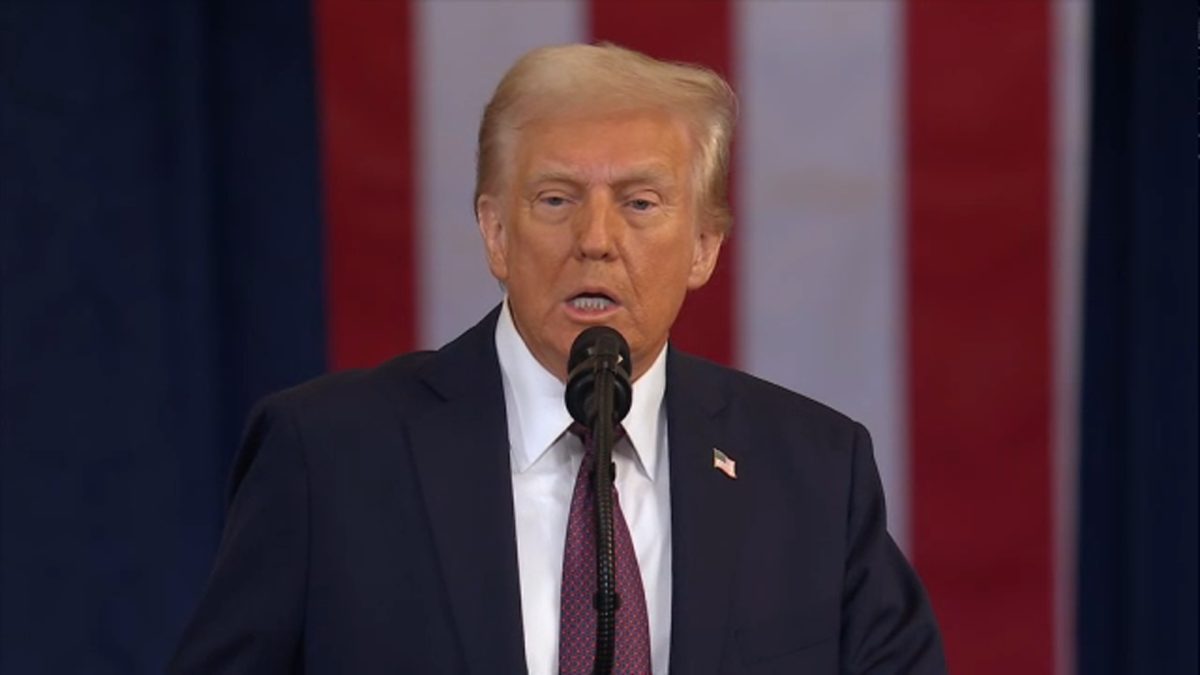With Donald Trump returning as the 47th president of the United States for his second term in 2025, new laws and regulations are being implemented. During his inauguration speech, President Trump stated his goals and interests he hopes to fulfill for the next four years. Already, in less than a week, Donald Trump has issued numerous executive orders aimed at combating the first issue he would like to address during his presidency—immigration.
When Donald Trump first took office in 2017, within just the first few weeks following his first term’s inauguration, he enacted many laws and policies that significantly changed the U.S. immigration system. Some of his changes included a travel ban targeting Muslim countries, a significant reduction in refugee admissions, and supporting new policies such as the Reforming American Immigration for a Strong Economy (RAISE) Act. Issued in August 2017, it reduced the number of green cards being issued by 50%, thus resulting in fewer individuals being granted permanent residency in the United States.
On President Trump’s first day back in office this year, the Trump administration immediately began its follow-up, continuing from where it had left off four years ago. The administration is actively working to fulfill the promises Trump made during his presidential campaign. These new laws hope to prevent border-crossers from entering the country and illegal immigrants from staying there.
While he is working on many changes, some of his new laws are controversial. For example, Trump has issued executive orders seeking to end birthright citizenship for children of immigrants in the United States. Many oppose Trump’s efforts to deny second-generation immigrants citizenship, citing the Constitution’s Fourteenth Amendment, which states that “all persons born or naturalized in the United States, and subject to the jurisdiction thereof, are citizens of the United States and of the state wherein they reside.” This has led many to believe that those children’s right to citizenship is guaranteed. Additionally, Trump has revived part of an immigration policy that requires immigrants to register themselves using a new form that will take effect on April 11, 2025. The Trump administration is using this law, along with federal criminal law, to make it a crime for immigrants to fail to register or show proof of registration.
Trump has taken a firm stance on reducing the number of undocumented immigrants in the United States. To accomplish this, he is working closely with the U.S. Immigration and Customs Enforcement (ICE). According to ICE’s website, their mission is to “protect America through criminal investigations and enforcing immigration laws to preserve national security and public safety.” As reported by the Department of Homeland Security, under President Trump, ICE arrests have increased by 627%. In February, DHS Secretary Kristi Noem announced that in one month under President Trump, over 20,000 illegal immigrants were arrested. Some argue that the immigration arrests targeting gang members and illegal immigrants benefit the country by increasing safety overall, while others argue that it gives officers an unfair right to detain anybody, including non-gang affiliated individuals.
During the months leading up to Donald Trump’s presidency, he promised to tackle inflation in America and make communities safer through the implementation of new immigration and economic policies. Now, as Trump begins his second term, his actions reflect his desire to uphold his promises to the nation.
Sources:
https://www.dhs.gov/news/2025/02/26/under-president-trump-ice-arrests-have-increased-627























